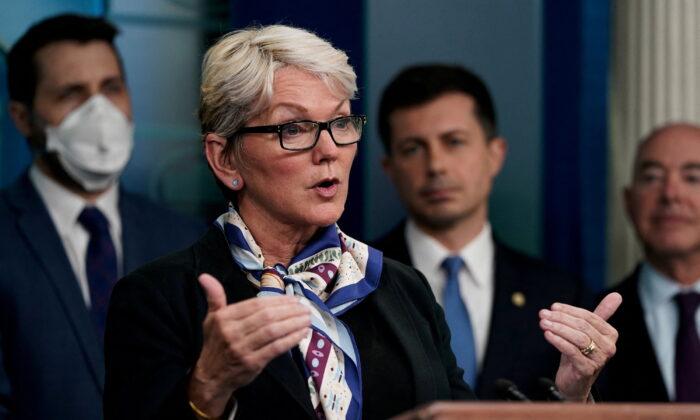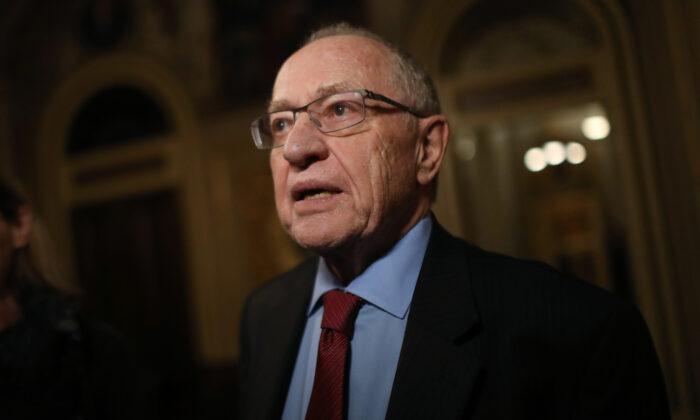January proved a rough start for U.S. stocks as indexes barely avoided a worst-ever yearly start with investors swerving away from risky stocks, suggesting a market correction in 2022, while companies brace for interest rate hikes and a withdrawal of pandemic relief measures.
After years of booming markets, lofty valuations of companies especially in the tech sector, have come under the spotlight as the central bank plans to increase rates and tighten money flow in the economy.
Since the start of the year, the tech-heavy Nasdaq has gone down more than 11 percent. A steady downtrend was halted by an uptick during the last few days starting from Jan. 26. The index increased by 5.73 percent from Jan. 26–31. The last time Nasdaq fell as much in the opening month was back during the financial crisis of 2008 when it dropped almost 10 percent.
The S&P 500 dropped 5.86 percent since the start of January. An increase of more than 4 percent during Jan. 27–31 saved the index from one of the worst performances in recent years. Dow Jones registered an almost 4 percent decrease since the start of 2022. Similarly, there was a rally during the last few days of the month.
The Russell 2000 Index, bellwether of the small-cap stock market, fell more than 20 percent from its November high, before the surge at January-end pulled it back up to finish the month at 16.9 percent. Over the past month, the small-cap index has dropped a little more than 10 percent indicating a bear market for the rest of 2022.
The nearly four-decade high inflation rates have pushed up consumer prices for goods and services, depleting the disposable income of Americans and leading the Fed to raise interest rates.
According to some analysts, there are indications from the Fed to suggest at least five rate hikes during 2022 with banks like Bank of America anticipating even more hikes.
Geopolitical tensions with the looming threat of a Russian invasion of Ukraine, and consequent sanctions, has also contributed to the rattling of the markets.
January’s performance is considered an indicator for the rest of the year. Since 1950, when the S&P 500 performs well during the beginning month, stock markets have gone up an average of 11.9 percent during the rest of the year.
And conversely, when the performance is poor, as in 2022, the index rises around 2.7 percent for the year, according to analysts from California-based wealth management company, LPL Financial. However, the trend has not always been consistent. There were times when the index was down during January, but the rest of the year did not follow suit.
Value stocks performed better than companies with high valuations but the sector still ended up 1.7 percent lower. Energy was the only sector that performed positively in the S&P 500 with stocks gaining almost 19 percent in January.






Friends Read Free